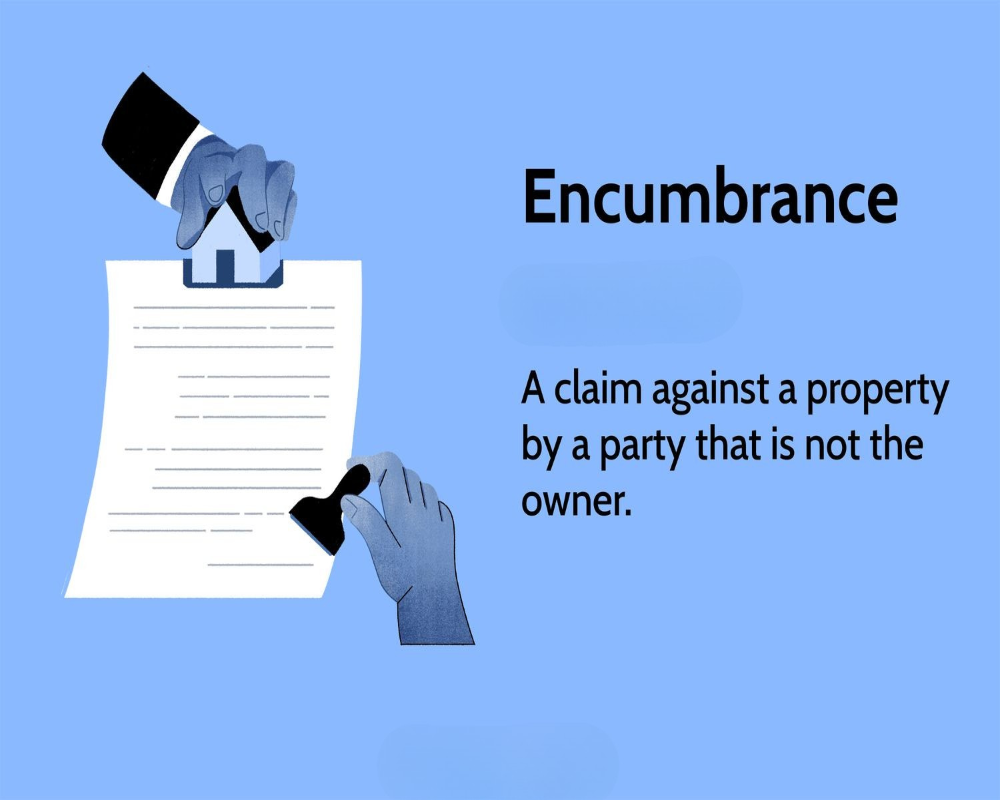Introduction
In real estate, particularly in the commercial sector, a property’s title represents its legal ownership and the rights associated with it. However, ownership rights are not always absolute. Encumbrances are legal claims, limitations, or liabilities attached to a property that can restrict its use, diminish its value, or affect the ability to transfer clear title. Understanding encumbrances is essential for developers, investors, lenders, and buyers because they can have significant impacts on property acquisition, financing, development, and eventual resale. Recognizing and addressing encumbrances during due diligence is a critical step in protecting commercial real estate investments.
Understanding Encumbrances on Commercial Property Titles
An encumbrance is any right or interest in land held by someone other than the property owner, which can interfere with the owner’s ability to fully use or transfer the property. Encumbrances are recorded in public property records and typically remain attached to the land regardless of ownership changes unless formally removed. While some encumbrances are relatively benign and manageable, others can significantly impair the property’s intended use, marketability, or value.
Encumbrances can generally be categorized into two major types: financial encumbrances and non-financial encumbrances. Financial encumbrances involve monetary claims, such as mortgages and liens, while non-financial encumbrances pertain to restrictions on property use or access.
Common Types of Encumbrances Affecting Commercial Properties
Mortgages and Deeds of Trust are among the most common financial encumbrances. They serve as security for loans and give lenders a legal claim to the property if the borrower defaults. When purchasing a commercial property, buyers must ensure that existing mortgages are satisfied and released at closing unless the debt is being assumed.
Liens represent another significant category. Tax liens, mechanics’ liens (arising from unpaid contractors or suppliers), judgment liens, and utility liens can all encumber a title. Liens must typically be paid off or resolved before a property can be transferred with clear title.
Easements are non-financial encumbrances that grant third parties the right to use a portion of the property for specific purposes. Examples include utility easements for power lines, access easements for neighboring properties, or public pathway easements. Easements can limit a developer’s ability to build on certain portions of the land or affect site layout plans.
Restrictive Covenants are conditions placed on a property that limit how it can be used. These may include architectural controls, land use limitations, or restrictions against certain business activities. In commercial developments, restrictive covenants can dictate everything from signage to operational hours, and they often remain enforceable by neighboring property owners or associations.
Encroachments occur when a structure, such as a building, fence, or driveway, intrudes onto a neighboring property or right-of-way. Encroachments can lead to boundary disputes and may require legal resolution or redesign to bring development plans into compliance.
Leases can also be considered encumbrances if a property is sold subject to existing tenants. Lease agreements grant rights to tenants that survive a sale, such as rights to occupy space, renew leases, or negotiate new terms. Reviewing all tenant agreements is essential to understanding future income streams and obligations.
Zoning Restrictions and Conditions can act as regulatory encumbrances by limiting the type of development, the building height, the allowable density, and other land use parameters. Some zoning conditions are tied specifically to the land and must be navigated or amended to achieve intended development goals.
Impacts of Encumbrances on Development and Transactions
Encumbrances can influence the value, financing, and development potential of a commercial property. Financial encumbrances like unpaid liens create risks that lenders and investors are unwilling to assume without resolution. Non-financial encumbrances such as easements or restrictive covenants may limit building design, reduce buildable area, or impose costly obligations.
If encumbrances are not properly identified and addressed during due diligence, they can result in delayed closings, costly legal battles, redesign requirements, or even project failure. Therefore, title searches, surveys, legal reviews, and insurance protections are essential components of commercial real estate transactions.
In some cases, encumbrances can be removed or renegotiated. Liens can be paid off, easements can sometimes be modified, and restrictive covenants may be challenged or waived with agreement from all affected parties. However, navigating these processes requires legal expertise and strategic negotiation.
Conclusion
Encumbrances are inherent to many commercial property titles and must be carefully evaluated as part of the real estate acquisition and development process. Whether financial or non-financial in nature, encumbrances have the power to limit, burden, or otherwise influence the way a property is used and valued. Through thorough title examinations, legal due diligence, and strategic management, developers and investors can mitigate the risks associated with encumbrances, ensuring that their projects proceed with clear rights, secure financing, and minimized legal exposure. In today’s complex and high-value commercial real estate markets, mastering the understanding of encumbrances is fundamental to successful investment and development.
Hashtags
#CommercialProperty #PropertyTitles #Encumbrances #RealEstateLaw #TitleIssues #PropertyOwnership #RealEstateInvesting #LegalAdvice #PropertyRights #TitleSearch #RealEstateTips #CommercialRealEstate #PropertyDevelopment #InvestmentProperty #RealEstateMarket #TitleInsurance #PropertyManagement #LandUse #RealEstateTransactions #PropertyLaw


